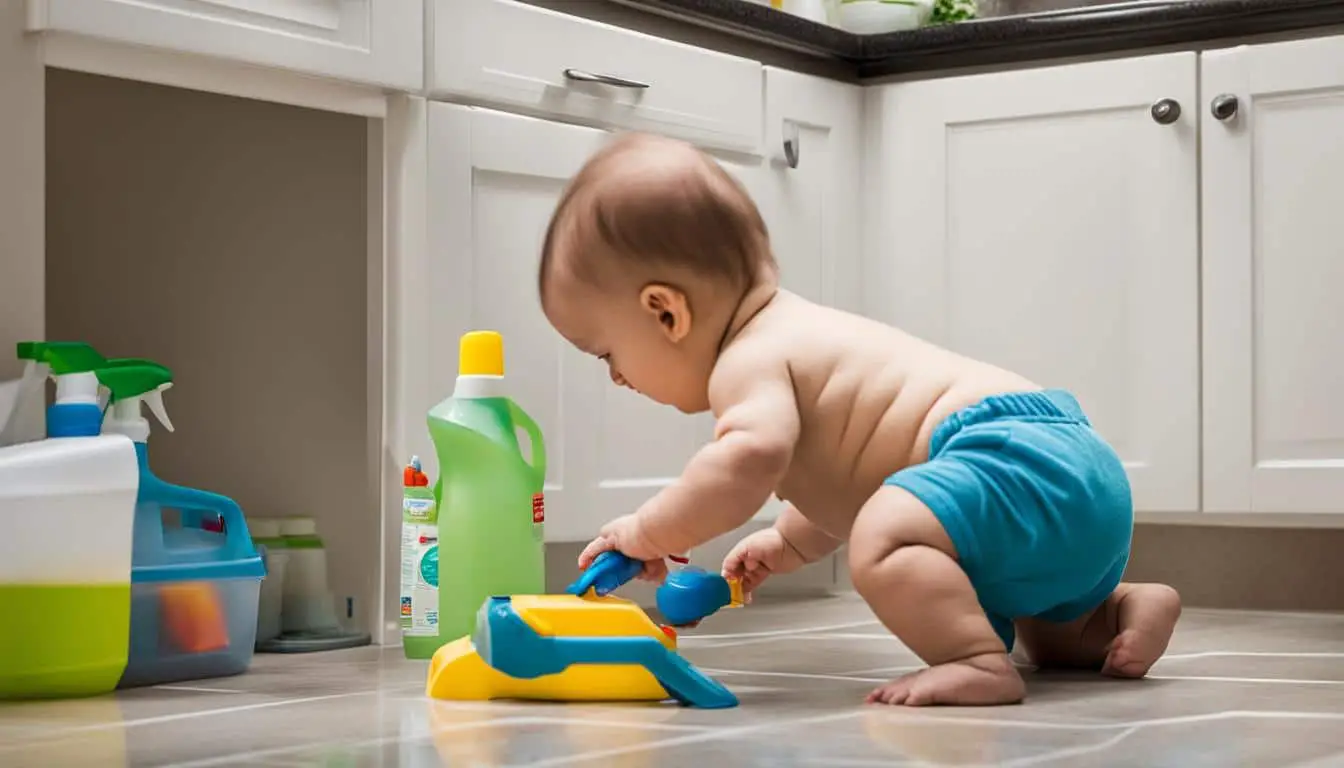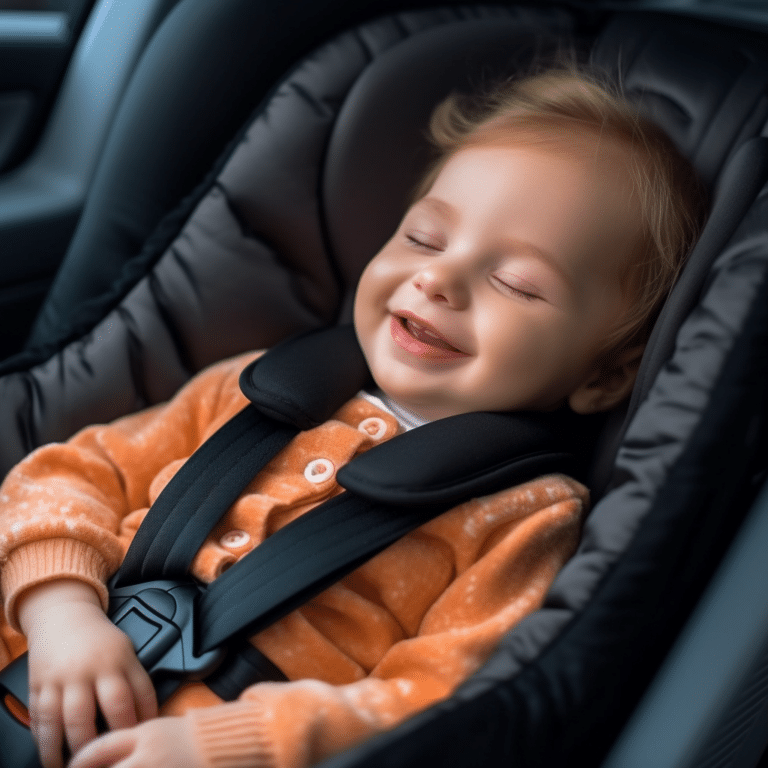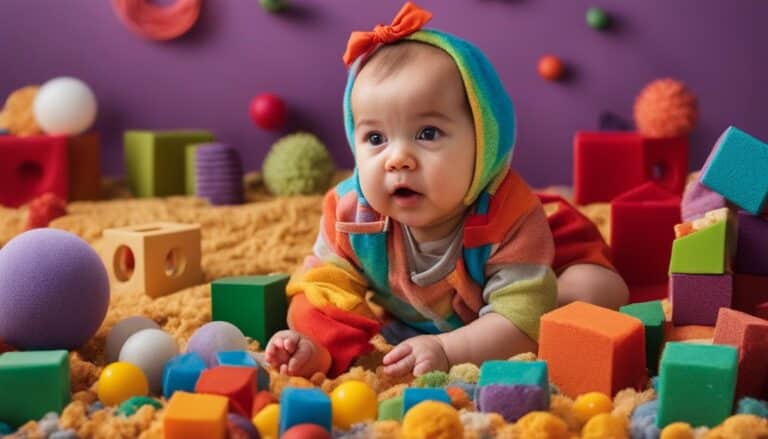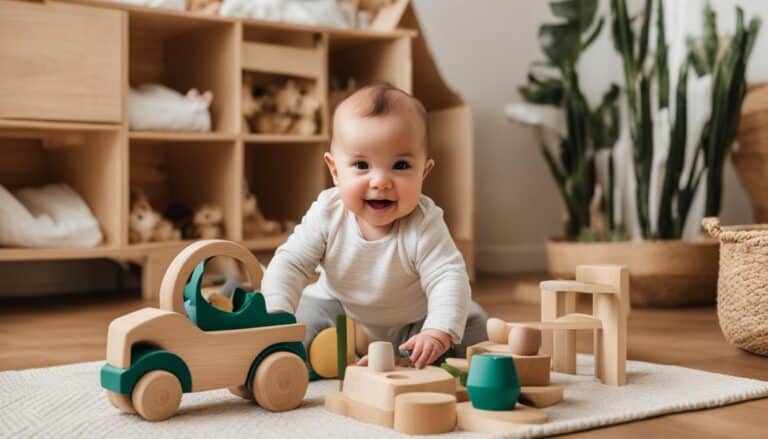Baby Proofing Your Home: A Room-by-Room Guide
Baby proofing your home is essential to ensure the safety of your little one. By taking a room-by-room approach, you can identify potential hazards and implement necessary measures to create a safe environment for your baby to explore. From the nursery to the kitchen, we have compiled a comprehensive guide to help you baby proof every area of your home.
Key Takeaways
- Baby proofing your home is crucial for the safety of your baby
- Take a room-by-room approach to identify potential hazards
- Ensure the nursery is safe by following crib safety guidelines
- Implement kitchen safety measures such as cabinet locks and stove guards
- Make the bathroom safe by installing toilet locks and temperature control
Babyproofing the Nursery
Creating a safe nursery is essential for your baby’s well-being. Let’s explore some key babyproofing measures to ensure a secure environment.
Crib Safety
The crib is the centerpiece of the nursery, so it’s crucial to prioritize crib safety. Choose a crib that meets current safety standards, with slats spaced no more than 2 3/8 inches apart to prevent your baby’s head from getting stuck. Ensure the mattress fits snugly with no gaps, and avoid using loose bedding or pillows, as they can pose suffocation hazards. Regularly check the crib for any loose or broken parts and make necessary repairs or replacements.
Nursery Furniture
Anchor heavy furniture, such as dressers and bookshelves, to the wall to prevent tipping. Use furniture straps or brackets to secure them securely. Avoid placing cribs, changing tables, or other nursery furniture near windows or blinds with cords, as they can be a strangulation risk. Consider installing cordless window coverings or using cord shorteners to eliminate this potential hazard.
Toy Storage
When it comes to toy storage, opt for open shelves or bins without lids. This prevents the risk of entrapment or your baby getting fingers caught. Regularly inspect toys for any broken or loose parts, and remove any small objects that could pose a choking hazard. Keep toys for older children separate from the nursery to prevent accidents.
Window Coverings
Ensure window coverings are cordless to eliminate the risk of strangulation. If you have blinds with cords, use cord covers or wind-ups to keep them out of reach. Consider using window safety film to prevent glass breakage and protect your baby from potential injuries. Keep furniture away from windows to discourage climbing and falling hazards.
| Crib Safety Checklist | |
|---|---|
| ✓ | Choose a crib that meets current safety standards |
| ✓ | Ensure mattress fits snugly with no gaps |
| ✓ | Avoid using loose bedding or pillows |
| ✓ | Regularly check for loose or broken parts |
By implementing these babyproofing measures in the nursery, you can provide a safe and secure space for your little one to grow, explore, and thrive.

Babyproofing the Kitchen
When it comes to creating a safe environment for your baby, the kitchen is an area that requires careful attention. With potential hazards ranging from sharp objects to hot surfaces, it’s crucial to implement the right safety measures. By following a few key steps, you can ensure that your kitchen is babyproofed and secure.
Ensure Cabinet Safety with Locks
One of the first steps in babyproofing your kitchen is to install cabinet locks. These locks prevent your curious little one from accessing cleaning products, sharp utensils, and other potentially dangerous items. Choose high-quality cabinet locks that are easy for adults to operate but secure enough to keep your baby safe. With cabinet locks in place, you can have peace of mind knowing that your baby can’t get into harm’s way.
Protect Against Burns with Stove Guards
Hot stove surfaces can pose a serious threat to your baby. That’s why it’s important to use stove guards to prevent burns and keep your toddler from turning on the stove. Stove guards act as a protective barrier between your baby and the hot surface, providing an extra layer of safety. Additionally, consider using knob covers to prevent your little one from accidentally turning on the burners. These simple yet effective measures can significantly reduce the risk of kitchen accidents.
Keep Appliance Cords Out of Reach
Appliance cords can be a potential hazard if they are within your baby’s reach. Make sure to keep appliance cords unplugged and out of sight to minimize the risk of accidents. Use cord holders or adhesive hooks to secure cords along the back of appliances and keep them out of reach. By taking this precautionary step, you can prevent your baby from pulling on cords or accidentally tripping over them.
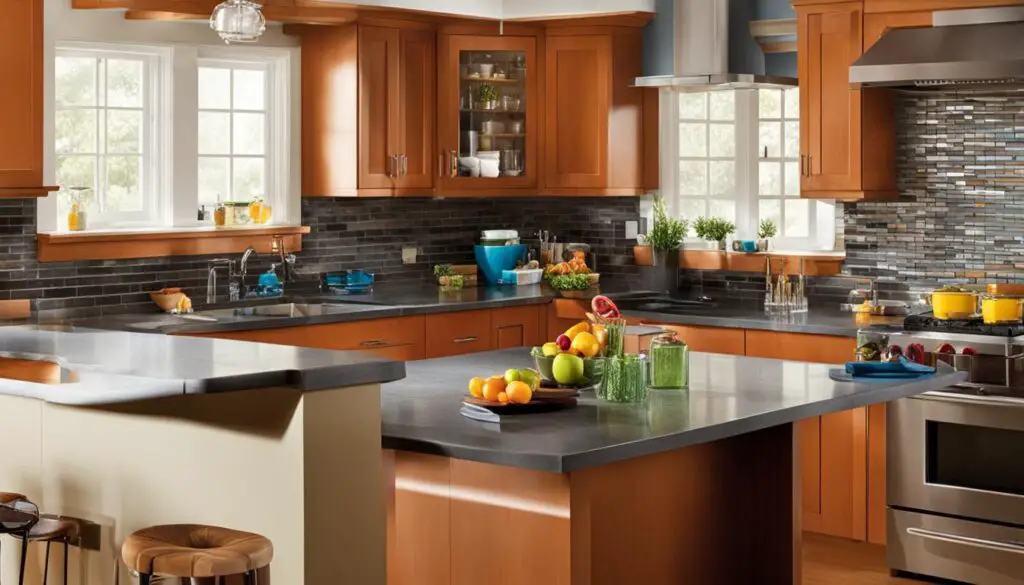
The Importance of Clearing Counter Edges
Clearing hot dishes, liquids, and other potentially harmful objects from counter edges is crucial. These items can easily be knocked over by your baby, resulting in burns or other injuries. Always make it a priority to keep counter edges clear and free from any items that could pose a risk. By practicing this simple safety measure, you can minimize the chances of accidents occurring in the kitchen.
| Items to Babyproof | Recommended Safety Measures |
|---|---|
| Cabinets | Install cabinet locks to keep harmful items out of reach. |
| Stove | Use stove guards and knob covers to prevent burns and accidental activation. |
| Appliance cords | Keep appliance cords unplugged and secured out of your baby’s reach. |
| Countertop | Clear counter edges of hot objects and potential hazards. |
Babyproofing the Bathroom
The bathroom can be a potential hazard for young children, so it’s important to take necessary precautions to ensure their safety. Here are some key tips for babyproofing your bathroom:
Toilet Locks:
Install toilet locks to prevent your baby from accessing the toilet bowl. This will help avoid any accidents or incidents that may occur if they were to play with the water or potentially fall into the toilet.
Bathtub Safety:
Use bathtub temperature control to prevent burns. Always test the water temperature before placing your baby in the bath, ensuring it’s at a safe and comfortable level. Additionally, never leave your child alone in the bathtub and always supervise them during bath time.
Medication Storage:
Store medications and cleaning products in locked cabinets. It’s essential to keep these potentially harmful substances out of your baby’s reach. Ensure that all cabinets are securely locked to prevent accidental ingestion or exposure.
Babyproofing your bathroom is crucial for your child’s safety. By implementing these measures, you can create a safer environment and reduce the risk of accidents or injuries. Remember to always stay vigilant and supervise your baby at all times, even in babyproofed areas.
FAQ
How do I ensure the crib in the nursery is safe for my baby?
Make sure the crib meets current safety standards, with a firm mattress and no loose bedding.
How can I prevent furniture tipping in the nursery?
Secure heavy furniture to the wall to prevent tipping.
What should I consider when choosing toy storage for the nursery?
Choose toy storage without lids to prevent entrapment.
How do I protect my baby from window coverings in the nursery?
Use cordless window coverings to prevent any potential hazards.
What can I do to prevent bumps and bruises in the nursery?
Install edge guards on furniture to protect against bumps and bruises.
How can I ensure kitchen safety for my baby?
Install cabinet locks to keep cleaning products, sharp utensils, and other dangerous items out of your baby’s reach.
What precautions should I take to prevent burns in the kitchen?
Use stove guards and knob covers to prevent burns and prevent your toddler from turning on the stove.
How should I handle appliance cords in the kitchen?
Keep appliance cords unplugged and out of reach to avoid accidents.
What should I do to prevent hot dishes or liquids from falling on my baby in the kitchen?
Clear any hot dishes or liquids from counter edges to prevent them from falling on your baby.
How can I ensure bathroom safety for my baby?
Install toilet locks to prevent your baby from accessing the toilet bowl.
How can I prevent burns in the bathroom during bath time?
Use bathtub temperature control to prevent burns and always supervise your child during bath time.
How should I store medications and cleaning products in the bathroom?
Store medications and cleaning products in locked cabinets to prevent any access.
How can I keep cosmetics and other small items out of reach in the bathroom?
Keep cosmetics and other small items out of reach to avoid any potential accidents.
